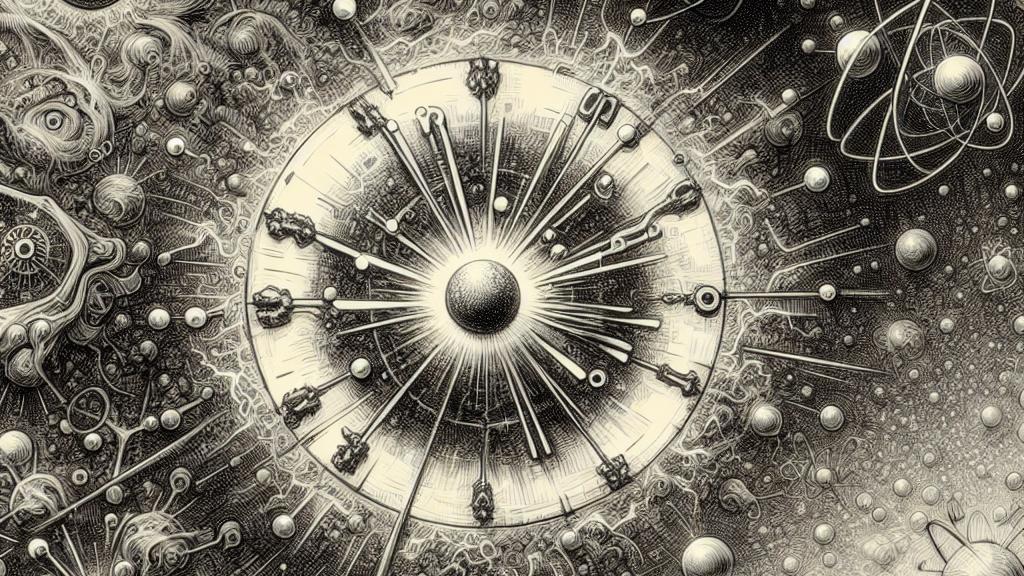How Thin-Film Technology is Making Nuclear Clocks Safer and Cheaper
Overview
- Nuclear clocks could revolutionize the field of timekeeping.
- Thin-film technology drastically reduces costs and radioactive concerns.
- This innovative research has far-reaching implications for various scientific fields.

Introduction to Nuclear Clocks
In the vibrant landscape of scientific innovation, researchers at JILA and the University of Colorado Boulder are blazing new trails with the development of nuclear clocks. These aren’t just any timekeepers; they promise to be far more accurate than conventional atomic clocks. While traditional clocks rely on the jittery movements of electrons, nuclear clocks shift their focus to the atomic nucleus's energy transitions. This means that, theoretically, they could offer astonishing precision—like having a watch that never misses a beat! However, embarking on this groundbreaking journey is fraught with challenges, particularly the costly and rare nature of thorium-229, which is essential for building these advanced devices. Think about it: acquiring enough of this isotope is akin to searching for a needle in a haystack.
Innovative Breakthrough with Thin Films
And then comes the exciting part – an incredible breakthrough made possible by thin-film technology. Imagine reducing the radioactivity of nuclear clocks by a jaw-dropping thousand times, along with making them much more affordable! Researchers have struck gold by developing a thin film composed of thorium tetrafluoride, allowing them to use only a tiny fraction of radioactive materials. This film, measuring just 100 nanometers in thickness, is revolutionary. It’s comparable to the thinnest layers used in modern electronics, allowing for new possibilities in the construction of nuclear clocks. More importantly, this advancement not only enhances user safety, making these devices more friendly for everyday applications, but it also sets the stage for a more sustainable future in clock production. Picture a scenario where everyone can have access to this cutting-edge technology!
Transformative Implications of Nuclear Clocks
The implications of nuclear clocks are not confined to just accurate timekeeping; they reach into the very heart of scientific exploration. For instance, these precise instruments could redefine our approaches to understanding gravity and unraveling the enigmatic nature of dark matter. Consider how improved GPS systems could benefit from the unerring accuracy of nuclear clocks—allowing for pinpoint navigation down to the last inch! Furthermore, physicists could leverage these clocks to conduct experiments that challenge the very fabric of conventional science, exploring concepts that have puzzled minds for centuries. Just imagine if every tick of these nuclear clocks could illuminate new scientific horizons, leading to insights that push the boundaries of human knowledge and exploration!

Loading...